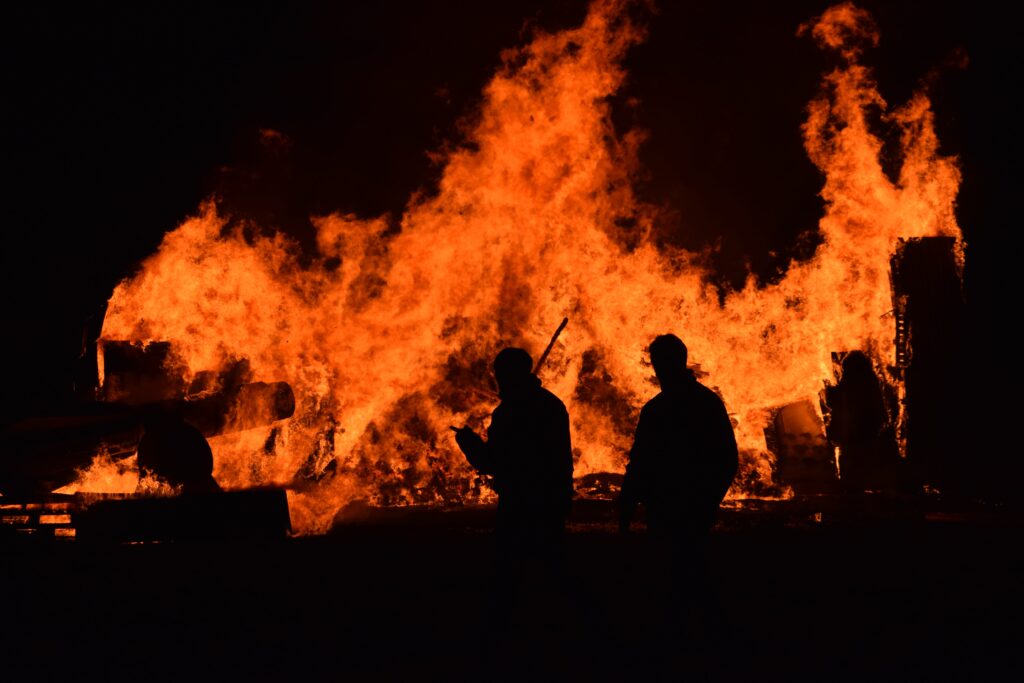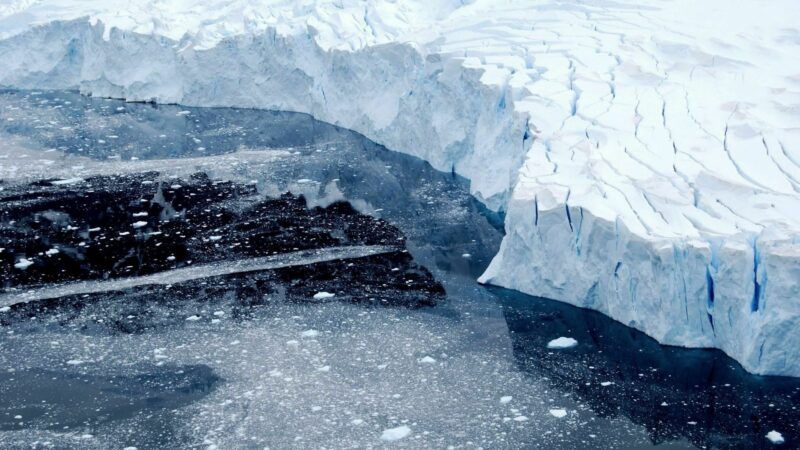
Risk of massive wildfires continues to grow in California
Doubling of extreme fire weather days highlights the need to reduce emissions and take other preventive measures
A rancher trying to plug a wasp nest with a metal spike started the largest fire in California history when a spark flew off his hammer and landed in dry grass.
The resulting 2-square-foot blaze quickly grew into a massive conflagration that became known as the Ranch Fire, which torched nearly 650 square miles and 280 homes in 2018.
A study by UCLA climate scientist Daniel Swain and colleagues projects that the risk of such severe wildfires will continue to mount with increased global warming.
The study, published in Environmental Research Letters, found that the number of days with high fire risk in California has doubled since the early 1980s and warns that if carbon emissions aren’t curbed in the next few years, autumn wildfires will continue to increase in frequency and intensity.
Climate change increases extreme fire–risk weather in all regions of the state, said Swain, a researcher with the UCLA Institute of the Environment and Sustainability. Higher temperatures suck moisture out of plants and delay autumn precipitation, leaving regions vulnerable to fires when strong offshore winds sweep across the state in the fall.
“In the autumn, there is now this confluence of very dry vegetation and potentially very strong, dry winds,” Swain said. “When a fire comes along it is going to behave differently than it would, for example, if those plants were very moist or it had recently rained.”
California has diverse fire-prone ecosystems, from dense redwood forests to coastal scrub brush. Fire risk is increasing across all of them. Michael Goss, a postdoctoral student from Stanford University and lead author of the study, said that’s a sign climate change is to blame.
“There is not some aspect of the climate system that makes wildfires more unlikely in one part of California while they are more likely in another,” Goss said.
California’s five warmest years on record occurred from 2014 to 2018. Climate change increased temperatures by about 1.8 degrees Fahrenheit, while autumn precipitation rates are down 30% since 1980. This combination leads to extremely dry vegetation during the windiest part of the year, from September to October. It also means a longer-than-normal fire season.
Despite their reputation, fires are essential to healthy forest ecosystems. When a fire breaks out, it burns old vegetation on the forest floor, returning nutrients to the soil and clearing space for new plants to take root. But in many parts of the state, small, controllable fires have historically — and perhaps misguidedly — been suppressed before they had a chance to thin out forest vegetation.
“Now we have a situation where there’s very close spacing of trees in a forest that’s unnaturally thick and very flammable, with very dry fuels at the base of these trees,” Swain said, alluding to another factor in the recent increase of massive wildfires. “When that catches fire, it can ignite the whole tree to the canopy and cause much more intense, much more severe fires.”
Another issue is human expansion and development into fire corridors. Areas where fires were once able to burn freely are now neighborhoods, including suburbs of Los Angeles, San Diego and the Bay Area.
The effects of climate change add an additional layer of risk on top of these factors, increasing the chance that a small misstep — such as the hammer spark that caused the Ranch Fire —could ignite a huge wildfire.
The researchers used climate models to analyze trends in autumn temperatures and precipitation rates to develop a fire weather index, which can be used to measure and project fire weather intensity. To capture the effects on California’s diverse fire landscapes, researchers focused on two of the deadliest fires in 2018, the Camp Fire in the Sierra Nevada foothills and the Woolsey Fire in Malibu, to understand the statewide impact.
The 2017–18 wildfire season cost the state $1.6 billion in fire suppression expenses and caused an estimated $40 billion in general economic losses, the researchers note. Last fall, the largest utility company in the state — Pacific Gas & Electric — shut power off for several days around the Bay Area to reduce risk, disrupting daily life for millions.
Wildfire risk will certainly get worse before it gets better, Swain said, but California has a fighting chance. The degree to which risk increases depends upon how assertively the state is able to cut carbon emissions.
“We still have a wide range of options available to us in terms of how much more carbon emissions there are over the next few decades,” Swain said. “If we take a very aggressive mitigation path, the increase is going to be dramatically less than if we continue on our current path.”
Drastic measures to cut carbon emissions may not be politically feasible in the next few years, Swain said. But it is a good start to take steps such as conducting controlled burns of forests to reduce fuel loads, using fire-resistant materials in construction, upgrading emergency response systems and preventing residential development in fire-prone areas.
“Everyone right now is sitting through a situation that was a nice example of something that was probably going to be bad no matter what,” Swain said. “If we’d been more proactive in its early stages, it would have been a lot less bad than it currently is.”
Image: If carbon emissions aren’t curbed in the next few years, autumn wildfires will increase in frequency and intensity, warns UCLA climate scientist David Swain. | Photo via Issy Bailey/Unsplash
Published:



